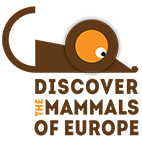
The Irish National Parks and Wildlife Service, in the Department of Housing, Local Government and Heritage supports the research on Roach’s mouse-tailed dormouse (Myomimus roachi).
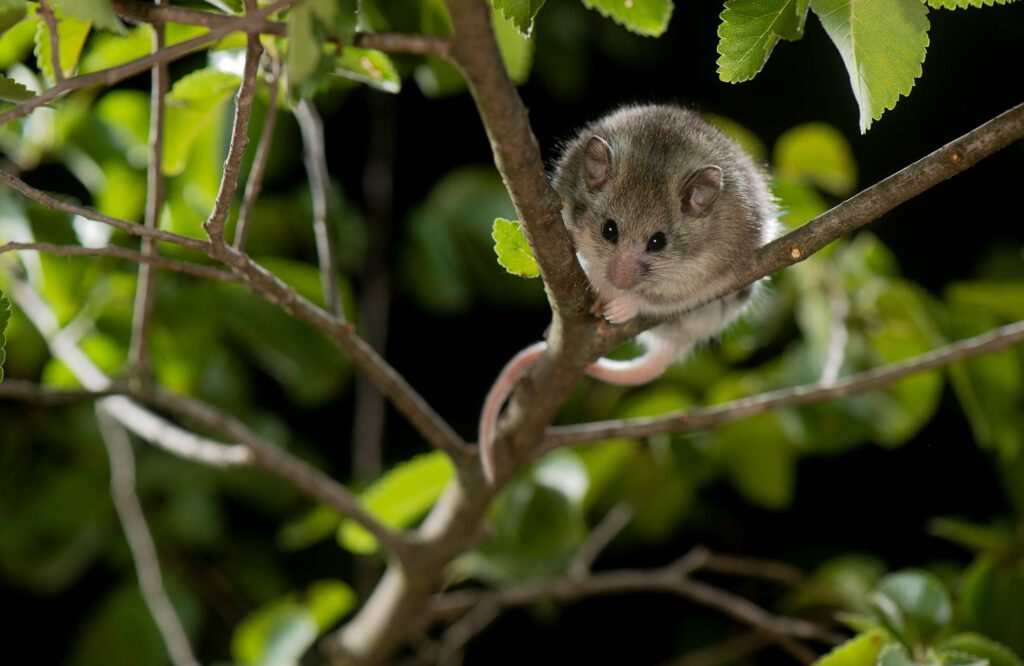
In 2017 we started a fundraising campaign for the work of Nedko Nedyalkov. After 40 years without any live recordings, Nedko caught a Mouse-tailed dormouse (alive) in Southeast Bulgaria in Summer 2017. When he knew where to look for this animal, he planned to start a survey and monitoring project to learn more about the biology and ecology of this elusive species. In 2019 and 2020 he placed in total about 120 nest boxes, which he monitored in the past two years. He also used 100 live traps (50 type Longworth and 50 Deufa traps) and 4 wildlife cameras.
Thanks to the grant of the Irish National Parks and Wildlife Service Nedko could continue his field research in 2021. The results of his research (see below) will be used to design a National Species Protection Plan and will also be used for the revision of the Atlas of European Mammals.
Results so far
During the 2021 field season, about 15 field trips were done with a total of about 45 days, surveying the region where the species is known to occur: Sakar Mountains in the southeast of Bulgaria. The research and the monitoring were done using established methods, like capture-mark-recapture, hair and excrements samples for DNA analyses, wildlife camera recordings. The animals captured are marked with micro-chips which helps to be identified individually. Along with the Mouse-tailed dormouse, also other species were captured. Data on their numbers registered is also included in the charts as these are of importance for the status of the Mouse-tailed dormouse.
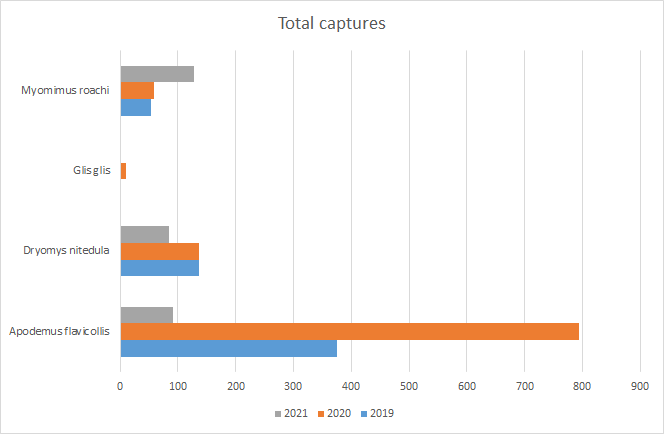
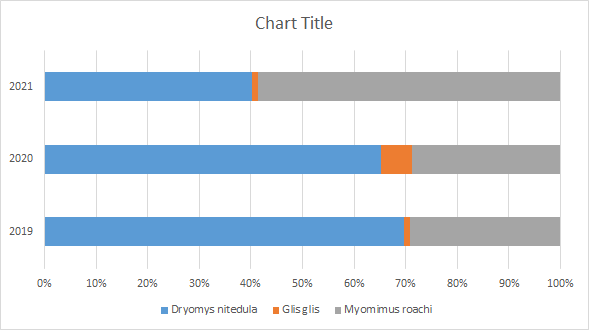
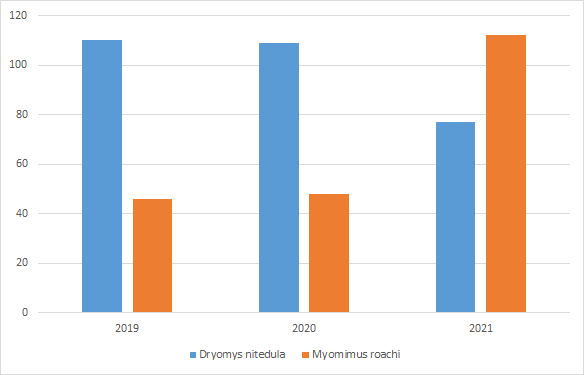
The results of the monitoring, show an increase in the number of Mouse-tailed dormice. We think that the increase is a result of the nest boxes because it increased the number of resting and breeding sites of the dormice. Moreover, we changed the design of the nest boxes during the course of the study. The opening is adapted to the size of the Mouse-tailed dormouse and their positioning is carefully selected considering its biology and habitat preferences. This might explain the change in numbers compared to the Forest dormice (figure 3), which is abundant in Bulgaria. Therefore, we believe it is reasonable to expand the region where we place nest boxes. It might help the population to grow and become less vulnerable.
As the Mouse-tailed dormouse occurs only in a very limited area in the Balkans, a continuation and expanding the research in new areas, where the species potentially may occur is important. Hence, we plan to continue our research in 2022 and possibly further into the future.






